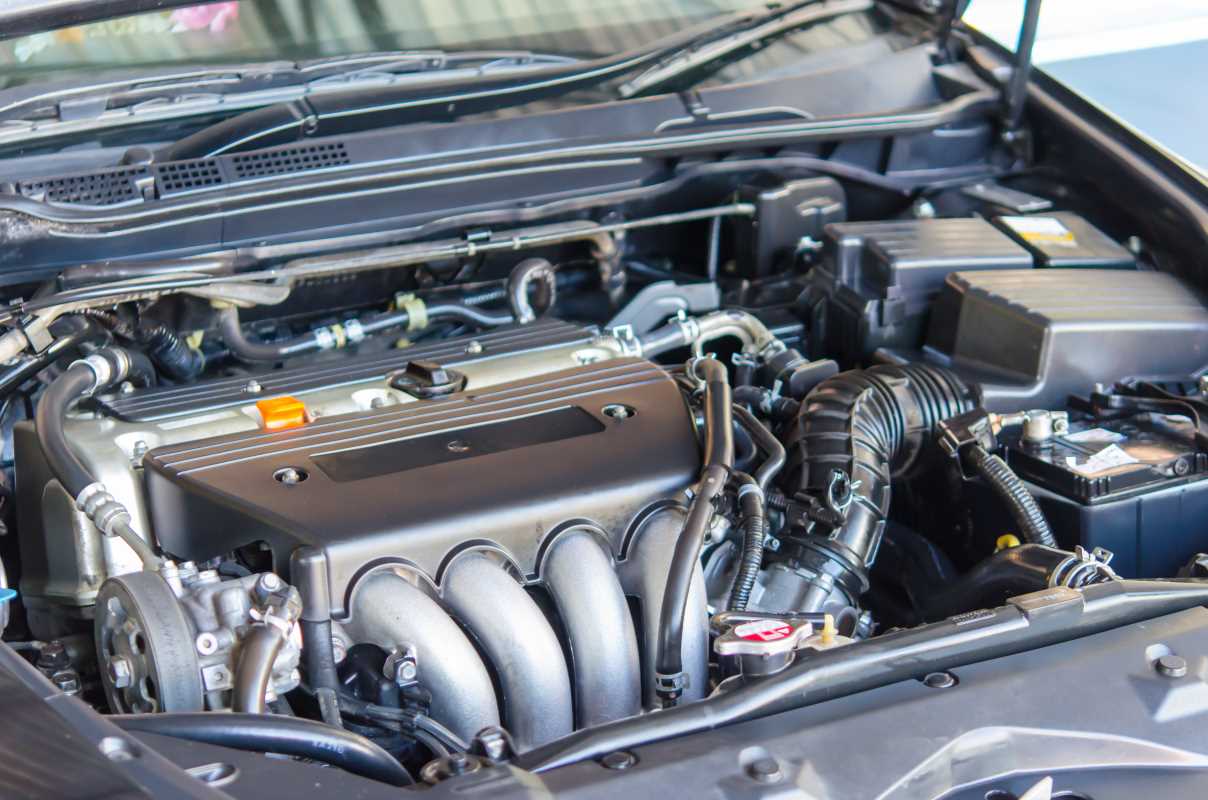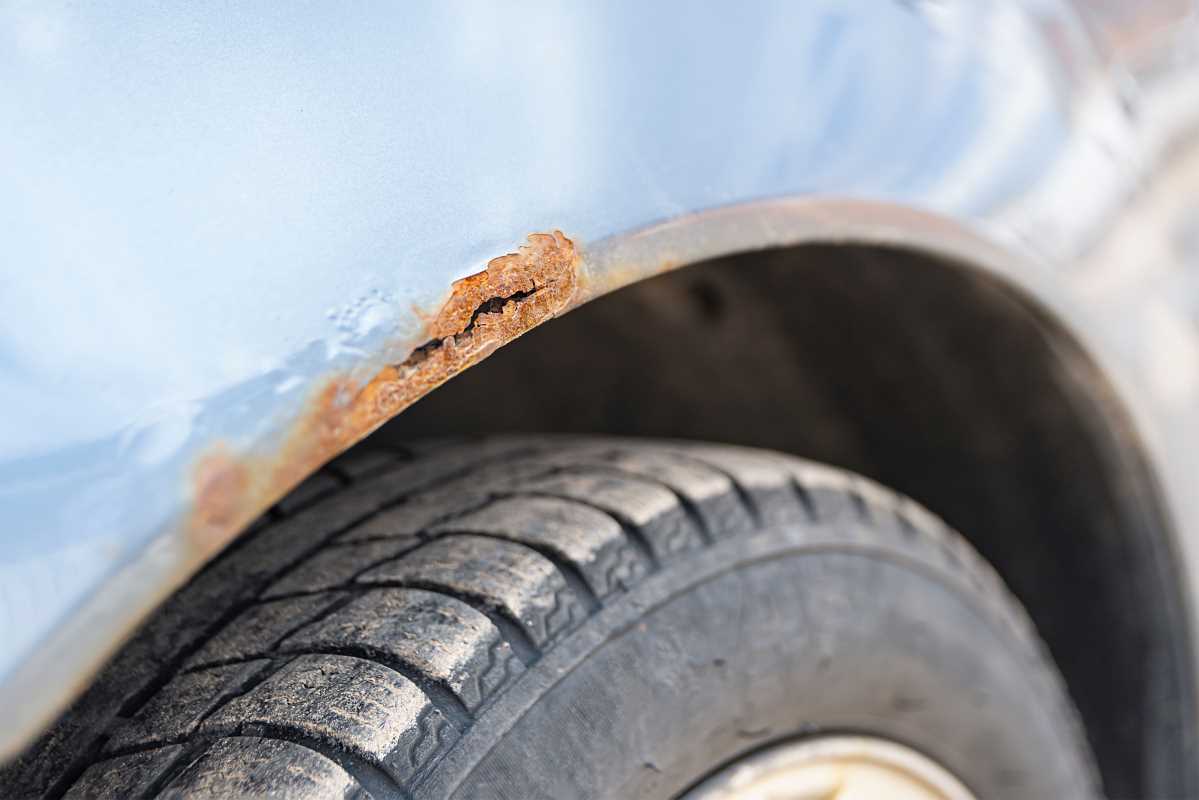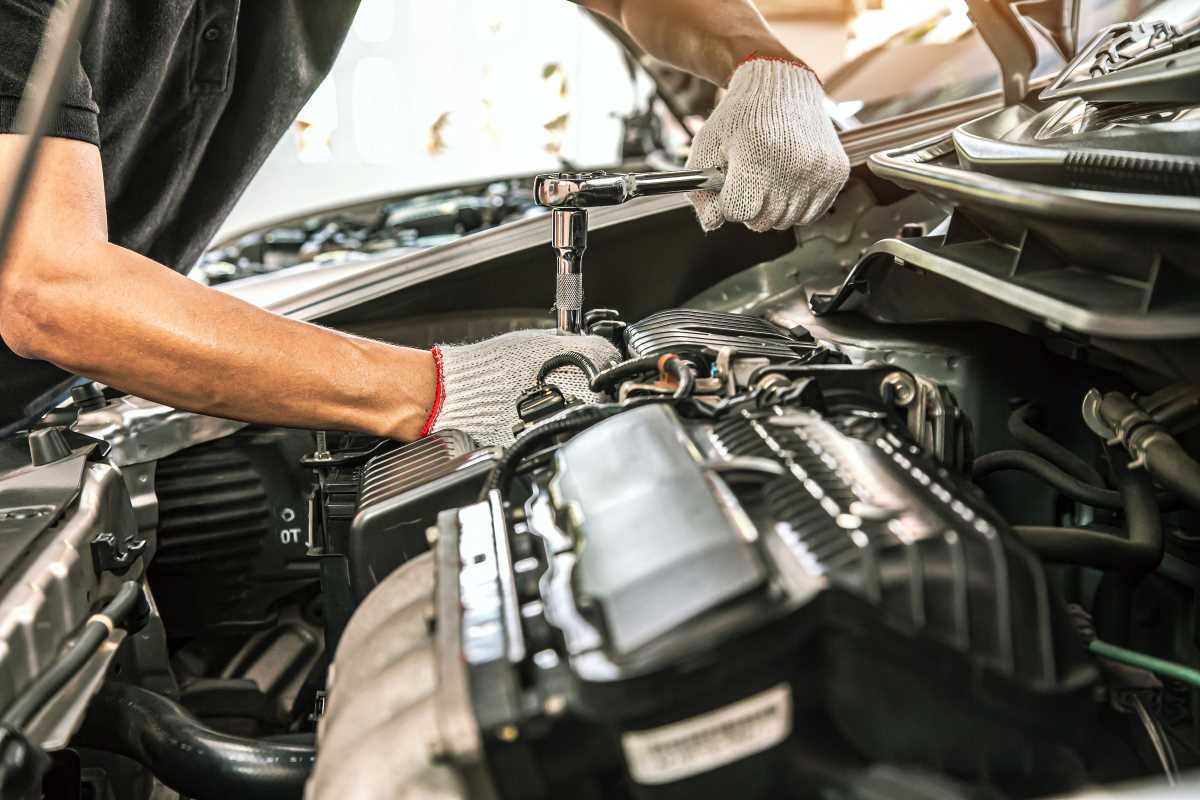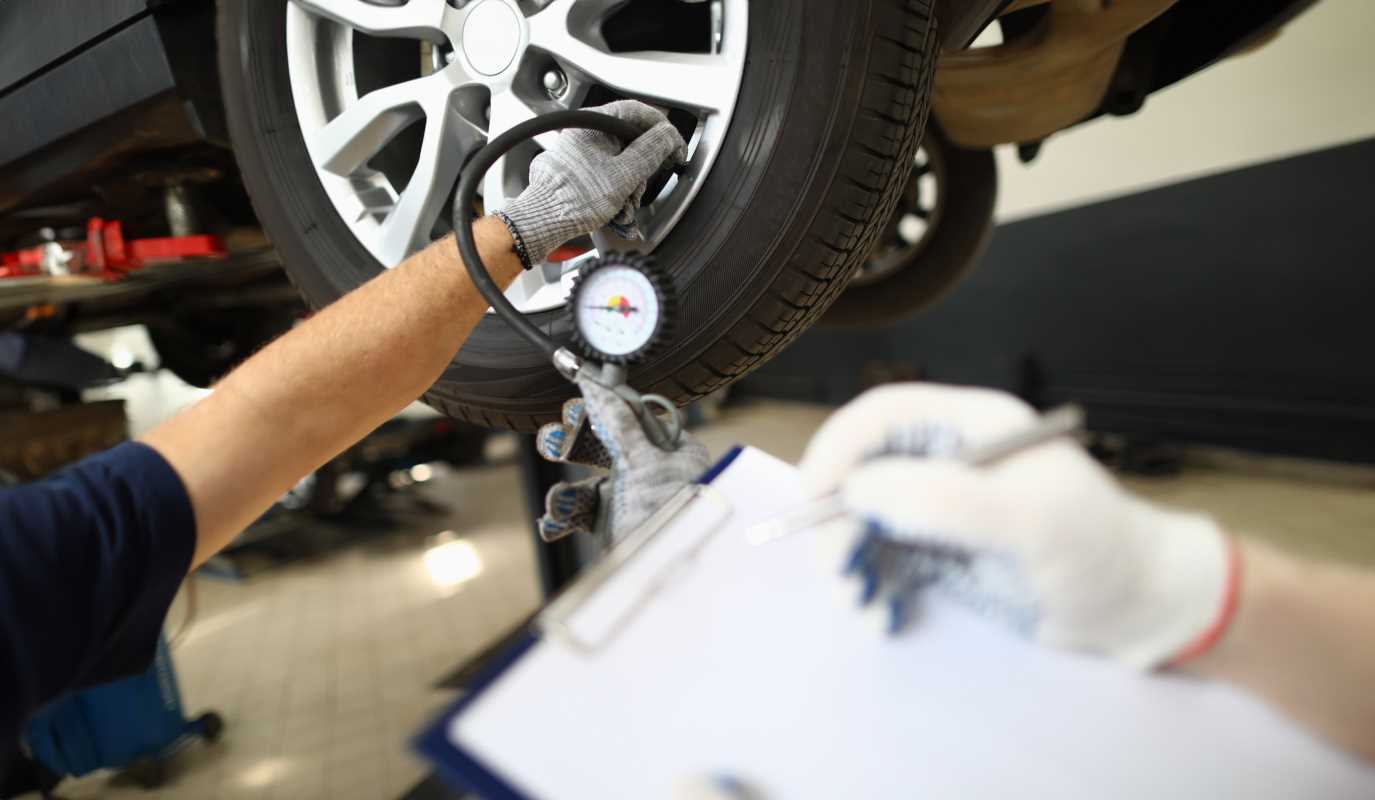Engines generate immense heat as fuel burns to create motion. Effectively managing this heat is crucial for vehicle performance and longevity. The cooling system, with coolant (often called antifreeze) as its essential component, rises to this challenge. This vital fluid does more than just prevent freezing in winter. It actively shields the engine from destructive overheating, significantly slows down wear and tear on components, and ensures everything under the hood operates precisely as intended. Therefore, selecting and using the correct coolant product is not merely a suggestion, but a fundamental requirement for maintaining your car's optimal function and reliability. This comprehensive guide will explore the intriguing chemistry of coolants, detailing each major type and color to empower you to make a simple, confident, and correct selection for your vehicle.
The Crucial Role of Engine Coolant
Before unraveling different options, let’s highlight what this essential liquid does. Engine coolant is a blend of a chemical base (usually ethylene glycol) and purified water, reinforced with specialized inhibitors.
Here’s a look at its main jobs:
- Temperature Management: Coolant draws excess heat away from the motor’s core components and transports it to the radiator, where it’s released safely.
- Protection Against Overheating: The glycol base ensures the fluid doesn’t start boiling, even at the high temperatures engines reach.
- Guarding Against Freezing: The same compound keeps the mixture from freezing solid in low temperatures, avoiding damage from expanding ice.
- Combating Rust and Scale: Because engines combine metals like aluminum, copper, brass, and iron, the inhibitor package lays down a shield to prevent internal corrosion and buildup that would cause blockages.
Understanding Coolant Colors and Technologies
Over several decades, major advances have produced coolants with distinct shades and chemistries. These colors hint at the underlying technology. Using a mismatched or improper blend can cause severe damage.
Inorganic Additive Technology (IAT)
Traditionally, the bright green option filled radiators for years. Its protection comes from additives like silicates and phosphates.
- How It Functions: These components create a substantial barrier on every internal surface.
- Service Life: IAT is effective, but protection fades quickly. Plan to replace it every couple of years or about every 24,000 miles.
- Primary Vehicles: Most common in cars built before the 1990s; newer engines rarely specify it.
Organic Acid Technology (OAT)
OAT mixtures (often orange but sometimes other shades) mark a significant leap forward, replacing silicates and phosphates with organic acids.
- How It Functions: Instead of broadly coating everything, this formula targets trouble spots only, creating a lighter, longer-lasting barrier wherever needed.
- Durability: As a result, OATs are famous for extended protection. There's up to five years or 150,000 miles between changes.
- Users: This style is popular with General Motors (called Dex-Cool) and European companies like VW and Audi.
Hybrid Organic Acid Technology (HOAT)
HOAT formulas blend the strengths of IAT and OAT, merging organic acids with a splash of silicates for a balanced approach. You’ll find yellow, turquoise, and pink varieties.
- How It Functions: Offers the resilience of OAT with the immediate, broad defense of silicates.
- Service Life: Most HOAT types protect for five years or around 150,000 miles, handling modern multi-metal engines well.
- Common Vehicles: Preferred by Ford and many brands under the Chrysler umbrella.
Phosphated Hybrid Organic Acid Technology (P-HOAT)
This special HOAT offshoot typically comes in blue or pink, using phosphates for a unique spin on the classic HOAT formula.
- Service Life: Delivers the durability and robust coverage of HOAT, but tailored to meet the needs of select manufacturers.
- Common Vehicles: Chosen by many Asian brands such as Toyota, Honda, Nissan, and Hyundai. Notably, Toyota’s pink and Honda’s blue blends are P-HOAT.
How to Select the Right Product
With so many options and colors, finding the proper blend may seem overwhelming, but a straightforward process can guide your decision every time.
1. Always Start With Your Owner’s Manual
Your car’s handbook provides the final word on what you should use. Manufacturers have spent considerable resources refining systems for particular blends, so their recommendations reflect those efforts. It may reference a certification or simply specify a product by name. Ignore this, and you risk major headaches down the road.
2. Use Color for Reference But Be Wary
Matching the fluid’s existing color is a good initial check. For example, pink in a Toyota suggests P-HOAT; yellow in a Ford hints at HOAT compatibility. Still, aftermarket options aren’t always consistent, so the handbook remains your best reference. Mixing different types can create sludge that blocks critical passages, so stick with one variety.
3. Pre-Mixed or Concentrate?
Shopping for coolant, you’ll encounter these two forms:
- Concentrate: Pure antifreeze must be diluted (usually at a 1:1 ratio) using distilled water. Avoid tap water to prevent mineral buildup.
- Pre-mixed 50/50: This version arrives ready for immediate use, ideal for topping up systems or full replacement after a flush, with all the mixing done for you.
Choosing and maintaining the right coolant is one of the smartest ways to protect your vehicle and maximize its life. Follow your owner’s manual and resist any urge to experiment. This ensures your engine’s temperature is managed and its parts are protected, season after season.
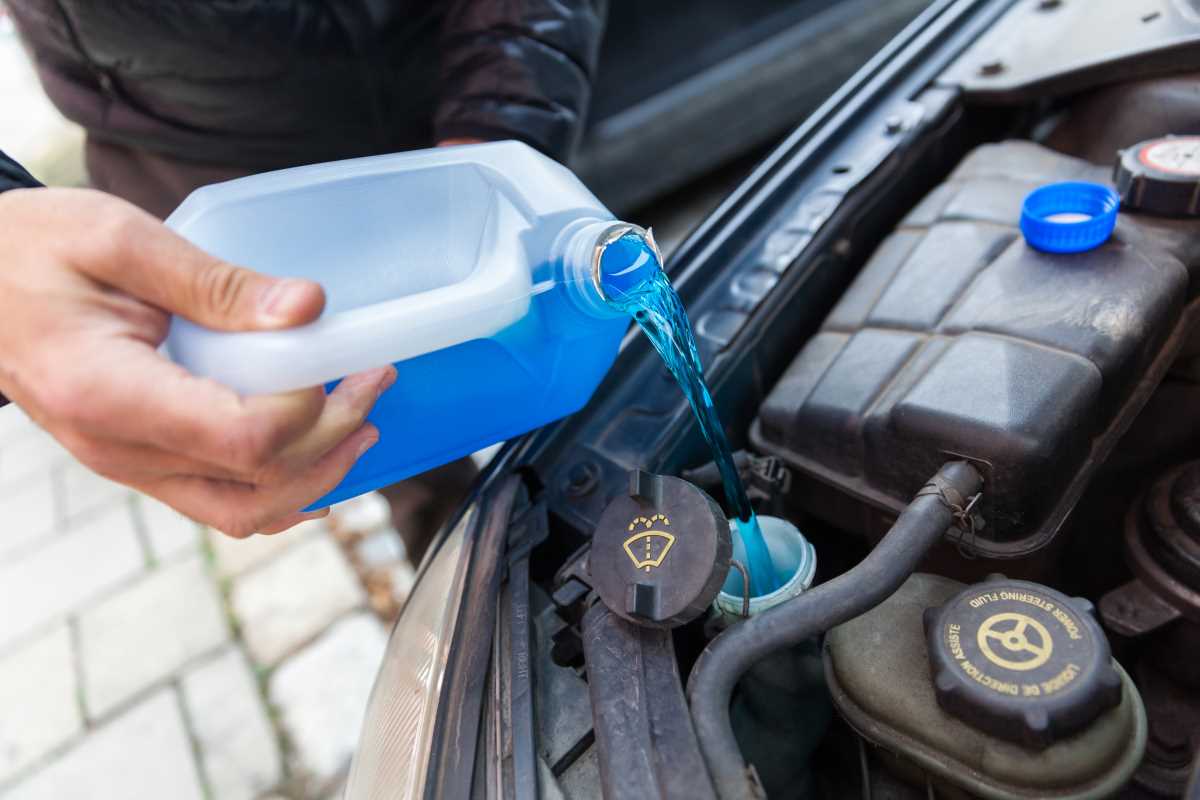 (Image via
(Image via